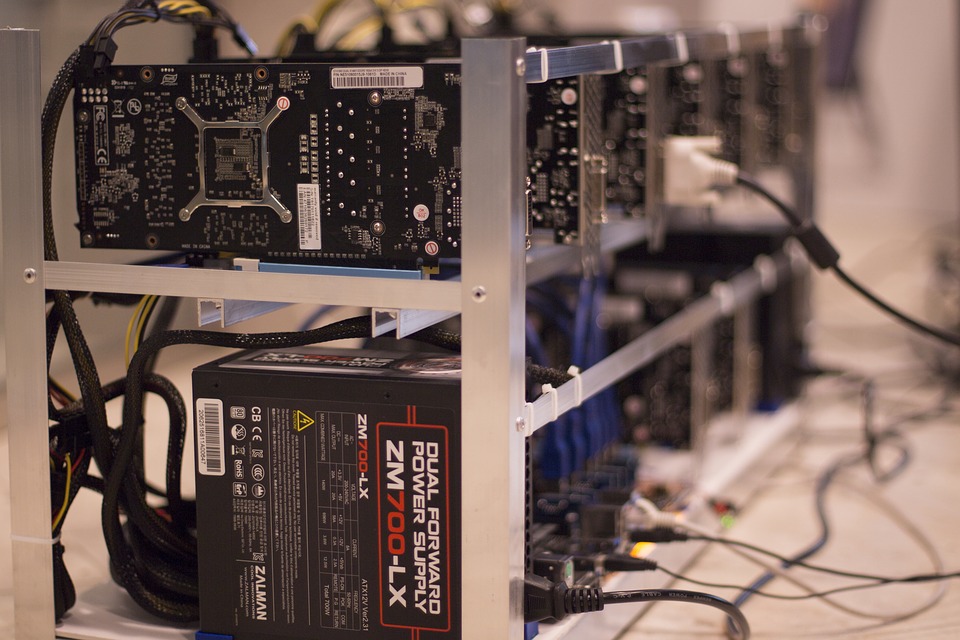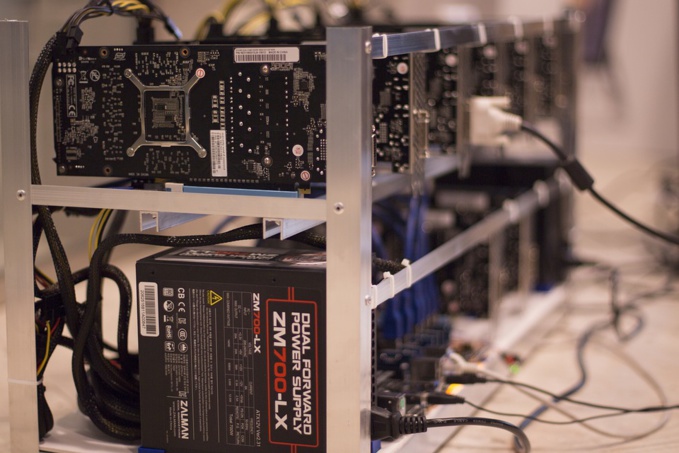Development of the cryptocurrency market and the general interest in the blockchain technology resulted in a new model of collective investment through the sale of tokens. This model, as an alternative to venture financing and crowdfunding, was called ICO (initial coin offering).
In 2017, during the rapid growth of the Bitcoin and the entire cryptocurrency market, there has been a real hype around ICOs: dozens of token sales were carried out every month, and total investments were measured in hundreds of millions of dollars. The euphoria was short. Already in the winter of 2018, the Bitcoin entered the bearish phase and investors began to massively leave the market. The peak of investments in ICOs fell on the first half of 2018. The second half brought a rapid decrease in both the number of projects and the funds raised by them.
Icobench.com states that 5156 ICOs had been completed and 399 more were in an active stage at the end of May 2019. Moreover, almost two-thirds of projects (3463) failed to collect the minimum planned amount (softcap). $ 26.17 billion have been raised in the entire history of the ICO since 2014, of which only $ 11.6 billion were raised in 2018. There is a noticeable sharp drop in investor activity associated with a decrease in the entire cryptocurrency market: for the first quarter of 2018, the total funding of ICOs amounted to $ 4.9 billion, for the fourth quarter of 2018 - only $ 1.4 billion, and for the first quarter of 2019 - only $ 1 billion, including exchange offerings, IEO.
Thus, interest in ICOs has decreased markedly and the market moved into a more relaxed phase. However, the demand for decentralized financing through cryptocurrencies remained, both among investors and start-ups. During the “crypto winter”, the ICO model underwent inevitable transformations. Now, there are three types of token sale campaigns: ICO (direct unregulated sale of tokens through a smart contract via one or several blockchains), STO (security tokens offering) and IEO (initial exchange offering). As a rule, statistical reports summarize figures for all types of token sales.
At the same time, token sales still provide funding for startups that cannot raise sufficient funds by traditional methods. They give private investors the opportunity to invest in small promising projects without significant overhead costs and unnecessary formalities.
After the “crypto winter” caused by a prolonged decline in cryptocurrency rates, the market has noticeably matured and stabilized. Investors, burned at the collapse of many ICOs, are no longer ready to invest in the first projects they come across. A growing number of professional teams prefer working out a development strategy in advance. Large companies and competent developers come to the industry. Nevertheless, the hype surrounding IEO, which has flared up in recent months, shows that the approach and psychology of investors have not changed much.
Most investors remain short-term speculators. They are exclusively interested in making quick profits and rarely study projects. They see numbers received at past IEOs and try to jump on the bandwagon without realizing that past successes do not guarantee future ones. The thoughtless optimism of past years has been replaced by shifting responsibility to the exchange conducting IEO.
Those who deliberately select projects currently constitute a minority and, as a rule, these are venture funds and large investors who buy their share of tokens before they even go public. As a result, the share of tokens available to private investors on IEO is significantly reduced. The “lottery” distribution system, introduced in April at Binance, can only partially improve the situation. According to Binance Launchpad, on the last two IEOs, the share of winning tickets was a little over 10%. Nearly 90% of demands remained unsatisfied.
For private investors with poor knowledge of financial markets and the cryptocurrency industry, the trend in IEO has mostly positive consequences. They got the opportunity to invest in pre-selected and tested projects. And high-quality projects can now receive financing and simultaneously place tokens on popular and liquid exchanges.
source: forbes.com
In 2017, during the rapid growth of the Bitcoin and the entire cryptocurrency market, there has been a real hype around ICOs: dozens of token sales were carried out every month, and total investments were measured in hundreds of millions of dollars. The euphoria was short. Already in the winter of 2018, the Bitcoin entered the bearish phase and investors began to massively leave the market. The peak of investments in ICOs fell on the first half of 2018. The second half brought a rapid decrease in both the number of projects and the funds raised by them.
Icobench.com states that 5156 ICOs had been completed and 399 more were in an active stage at the end of May 2019. Moreover, almost two-thirds of projects (3463) failed to collect the minimum planned amount (softcap). $ 26.17 billion have been raised in the entire history of the ICO since 2014, of which only $ 11.6 billion were raised in 2018. There is a noticeable sharp drop in investor activity associated with a decrease in the entire cryptocurrency market: for the first quarter of 2018, the total funding of ICOs amounted to $ 4.9 billion, for the fourth quarter of 2018 - only $ 1.4 billion, and for the first quarter of 2019 - only $ 1 billion, including exchange offerings, IEO.
Thus, interest in ICOs has decreased markedly and the market moved into a more relaxed phase. However, the demand for decentralized financing through cryptocurrencies remained, both among investors and start-ups. During the “crypto winter”, the ICO model underwent inevitable transformations. Now, there are three types of token sale campaigns: ICO (direct unregulated sale of tokens through a smart contract via one or several blockchains), STO (security tokens offering) and IEO (initial exchange offering). As a rule, statistical reports summarize figures for all types of token sales.
At the same time, token sales still provide funding for startups that cannot raise sufficient funds by traditional methods. They give private investors the opportunity to invest in small promising projects without significant overhead costs and unnecessary formalities.
After the “crypto winter” caused by a prolonged decline in cryptocurrency rates, the market has noticeably matured and stabilized. Investors, burned at the collapse of many ICOs, are no longer ready to invest in the first projects they come across. A growing number of professional teams prefer working out a development strategy in advance. Large companies and competent developers come to the industry. Nevertheless, the hype surrounding IEO, which has flared up in recent months, shows that the approach and psychology of investors have not changed much.
Most investors remain short-term speculators. They are exclusively interested in making quick profits and rarely study projects. They see numbers received at past IEOs and try to jump on the bandwagon without realizing that past successes do not guarantee future ones. The thoughtless optimism of past years has been replaced by shifting responsibility to the exchange conducting IEO.
Those who deliberately select projects currently constitute a minority and, as a rule, these are venture funds and large investors who buy their share of tokens before they even go public. As a result, the share of tokens available to private investors on IEO is significantly reduced. The “lottery” distribution system, introduced in April at Binance, can only partially improve the situation. According to Binance Launchpad, on the last two IEOs, the share of winning tickets was a little over 10%. Nearly 90% of demands remained unsatisfied.
For private investors with poor knowledge of financial markets and the cryptocurrency industry, the trend in IEO has mostly positive consequences. They got the opportunity to invest in pre-selected and tested projects. And high-quality projects can now receive financing and simultaneously place tokens on popular and liquid exchanges.
source: forbes.com



















